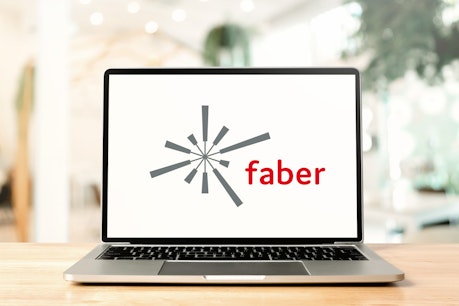Communication cables
-

Telecommunications installation cables
Telecommunication installation cables are used for the in-house installation. The cable is used for transmission of analog and digital telecommunication signals.
-

Subscriber line cables
Subscriber line cables are used for the transmission of analog and digital telecommunication signals from the interconnection point to the customer access point.
-

Instrumentation cables
Instrumentation cables are used for the industrial instrumentation and control. There are different cable versions with respect to stranding and identification of cores.
-

Industrial electronics cables
Industrial electronics cables are used for the in-house installation transmitting the signals between electronic devices or in industrial instrumentation and control.
-

PVC-insulated wires
PVC-insulated wires are used for the in-wall or on-wall cable installation.
All images shown here are for illustrations and product reference purposes only.
Freight cost extra. Prices plus metal regarding the daily market price.
Things to know about communication cables
Communication building wires for indoor installation
Communication wires are used for indoor installation as the consumer interface to transmit short-range analogue or digital telecommunication signals from the junction box to the terminals inside a home. Depending on your need, Faber can provide you with communication wires, fire signalisation cables, zero-halogen communication cables, ISDN system cables and zero-halogen ISDN system cables.
Telecommunication cables of the type J-YY … Bd or J-Y(St)Y … Lg with PVC-insulated wires have been primarily designed for indoor installations and are not approved for high-voltage applications.
Low-smoke J-Y(St)Y … Lg (BMK) fire signalisation cables are building cables for transmitting messages and signals; their printed sheath makes them particularly well suited for fire detection systems. For fire alarm systems in buildings with a high concentration of people and material assets and improved behaviour in case of fire, we recommend the J-H(St)H fire signalisation cable or the zero-halogen J-H(St)H communication cable.
J-2Y(St)Y … St III Bd ISDN system cables are used to transmit analogue or digital signals of up to 16 Mbps in IT system units, ISDN private branch exchangers, operating data capturing, industrial electronics and bus technology. The zero-halogen J-2Y(St)H St III Bd ISDN system cable is suitable for these types of applications and beyond, for the tertiary section of LAN systems. This is a zero-halogen flame-retardant telecommunication wire.
Communication building wires for indoor installation Subscriber line cables and underground communication cables
Subscriber line cables are used to transmit analogue or digital telecommunication signals from the cable factory across the last mile to the consumer’s junction box. Faber’s diverse portfolio includes communication building wires as well as data transmission cables for petrol stations.
The A-02YSF(L)2Y … St III Bd communication building wire, for instance, can connect local networks and transmit voice and data. It is also possible to lay telephone cables directly in the ground as an underground cable or route them through cable ducts or cable pipes. Faber’s product range also provides self-supporting cables with strain relief, e.g., the A-02YS(St)(Zg)2Y St III Bd model.
Our A-Y(St)Yö data transmission cable for petrol stations is a data transmission cable connecting the fuel pumps with a POS terminal or roadside price signage. This cable is largely oil- and fuel-resistant.
Telecommunications cable colour code in Germany
The cores in a telephone line have the names a and b. Cables with bushing stranding and cables with layer stranding have different colour codes. J-2Y(St)Y cables use basic colours arranged into red, green, grey, yellow and white. The core pairs create a so called quad formation. In addition to the basic colours, core pairs are coded with black rings. You count them from the outside in.
In the case of J-Y(St)Y building wires often used in residential applications, the colours are arranged into blue, yellow, green, brown, black, except for the 2x2 cable, where blue has been replaced by black. The layers are also counted from the outside in, counting the colour of the b-core. The a-core is always white, apart from the first 2-core pair in a layer, where the core is red. Cables with more than eight core pairs are said to have a second layer.


